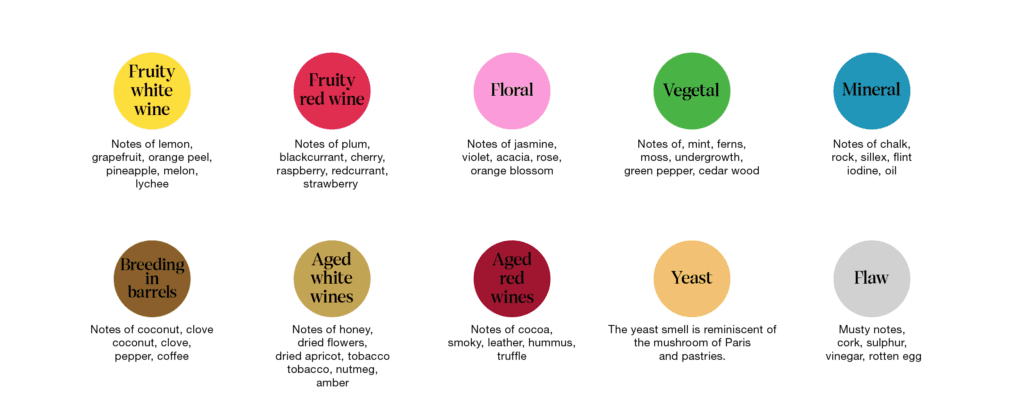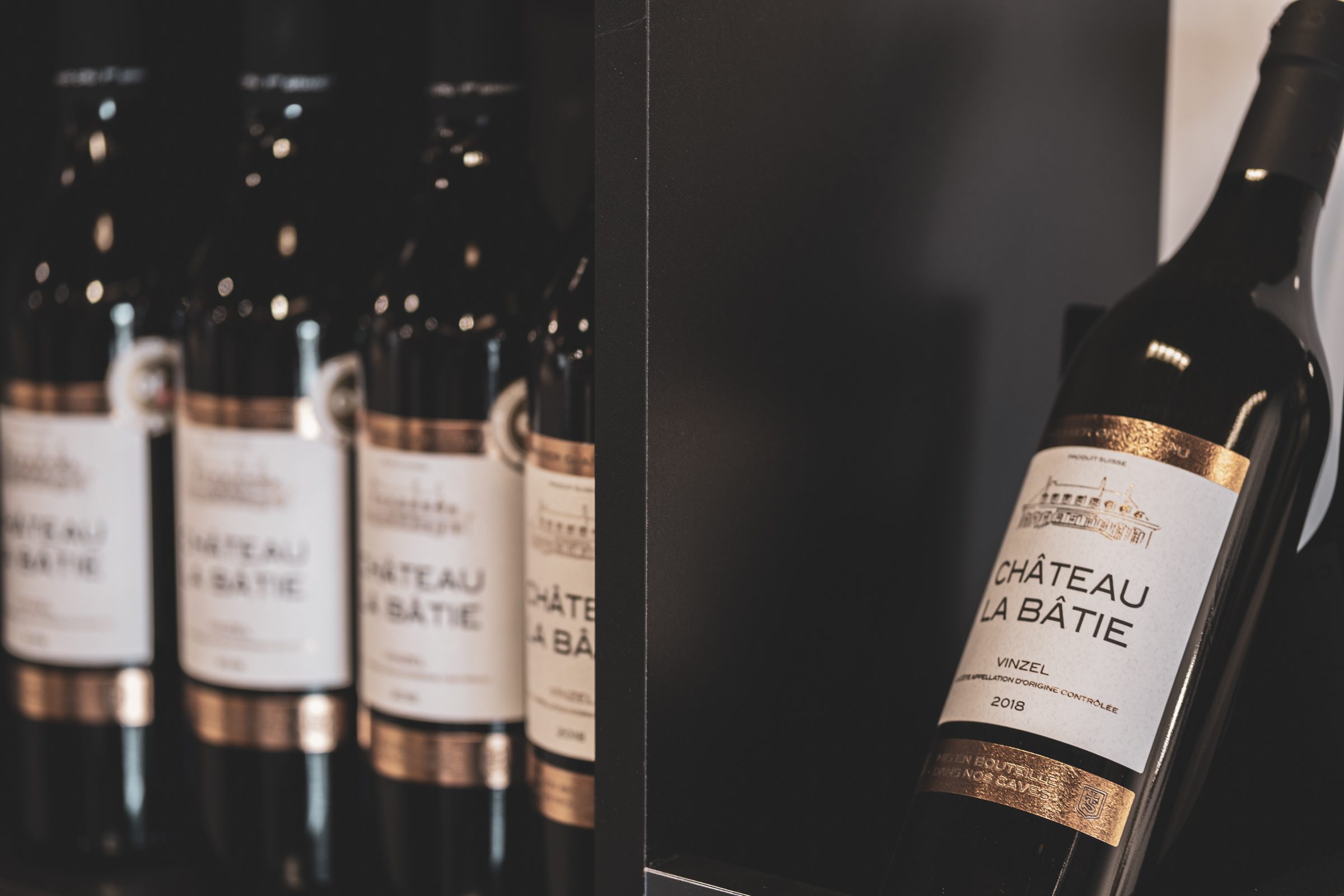Our advices

Find our advices about wine to guide you in this fascinating universe.
To understand the fascinating world of wine, you will need time, love affairs, encounters and some surprises. Because wine is an adventure that does not happen in a straight line…
« Who knows how to taste never drinks wine again but tastes secrets. »
Salvador Dali
Our advices about wine – General principles #1
How to taste
The subtle art of tasting for everyone
The bottle has been chosen and it is up to you to taste the wine? Here are some tips to help you understand the aromas and qualities of the wine.
To watch
Before discovering your wine through its taste and aroma, you can start the “tasting” by admiring its colour and texture. In other words, admire its colour and The intensity shows the richness of the wine in colouring pigments, it depends on the type of wine and is observed on top. It can be pale, strong, intense or very intense. The nuances are defined by the main hue and the reflections on the edge of the disc. They depend on the type and age of the wine.texture. To do this, tilt the glass slightly to get a better look.
Brilliance is the ability to reflect light and can be observed on the disc, and the wine can be matte, dull, crystalline or brilliant. Clarity is seen through the liquid and can be cloudy, hazy or clear.
The intensity shows the richness of the wine in colouring pigments, it depends on the type of wine and is observed on top. It can be pale, strong, intense or very intense. The nuances are defined by the main hue and the reflections on the edge of the disc. They depend on the type and age of the wine.
To smell
You can move on to the aromas and analyse the wine with your sense of smell. Push the air out of your lungs, lower your nose to the glass and inhale gently. This is called the “first nose”.
For the “second nose”, then swirl your glass to release more of the aromas and do an olfactory analysis again.
Whether pictorial, descriptive or metaphorical, when describing the nose of a wine, use terms that feel natural to you in order to convey your sensation.
Three families of aromas appear during the making of wine : primary, secondary and tertiary aromas. The primary aromas come from the grape varieties, the secondary aromas from fermentation and the tertiary aromas from ageing in barrels and then in bottles.
To taste
Now you can taste the wine. Keep the sip in your mouth, let a little air into your mouth to bring the aromas up into your nasal cavity. This is called retro-olfaction.
Then evaluate the balance of the wine, spit it out and concentrate on judging the aromatic persistence of the wine in the mouth; this is your final impression.
In addition to the taste on the tongue, there are various tactile sensations. Try to qualify these by thinking about the amount of fat (alcohol), the structure of the wine and its acidity. Tannins are a fundamental point in wine tasting, although they belong to the red wine family.

Our advices about wine – General principles #2
Matching your wine
A delicate and subjective subject
Food and wine pairing remains a matter of personal taste or fashion. However, there are some general rules of thumb on how to order your wines to best advantage. Here are a few rules to help you in your choice of wine. The menu is the starting point for choosing wines, not the other way around:
- A white wine precedes a red wine
- A dry wine precedes a sweet wine
- A light wine precedes a full-bodied wine
- A simple wine precedes a complex wine
- A young wine precedes an old wine

Our advices about wine – General principles #3
Creating your cellar
Having the right bottle for every situation
The aim of a well-stocked cellar, no matter how small the space, is to have a suitable bottle on hand for every situation (family meal, impromptu aperitif, moment of relaxation, etc.). Here are a few recommendations for building up your cellar.
Take stock of your cellar or storage space according to these guidelines:
Evaluate the surface area you have available. This will allow you to determine how many bottles to store per category.
The temperature should be cool, between 8 and 17 degrees (ideal temperature 12 degrees). Temperature changes are possible but should be gradual, like the seasons. A temperature that is too low will prevent the wine from aging properly. On the contrary, if it is too high the wine will age prematurely.
The humidity level in a wine cellar should be between 50 and 80% (ideal humidity 70%). If the humidity is too low, it causes the wines to evaporate and the corks to dry out.
The wine must be kept away from light, otherwise it will age prematurely and develop odours such as cabbage, hay, gas etc.
The quality of the air is a key factor. Wine can become impregnated with surrounding odours, especially if they are volatile, such as plastic, petrol or even mould. Choose variety over quantity to start your cellar. There is no point in having 24 bottles of a vintage you don’t like.
As far as storage time is concerned, this depends on the type of wine. Not all wines should be kept as long as possible.

